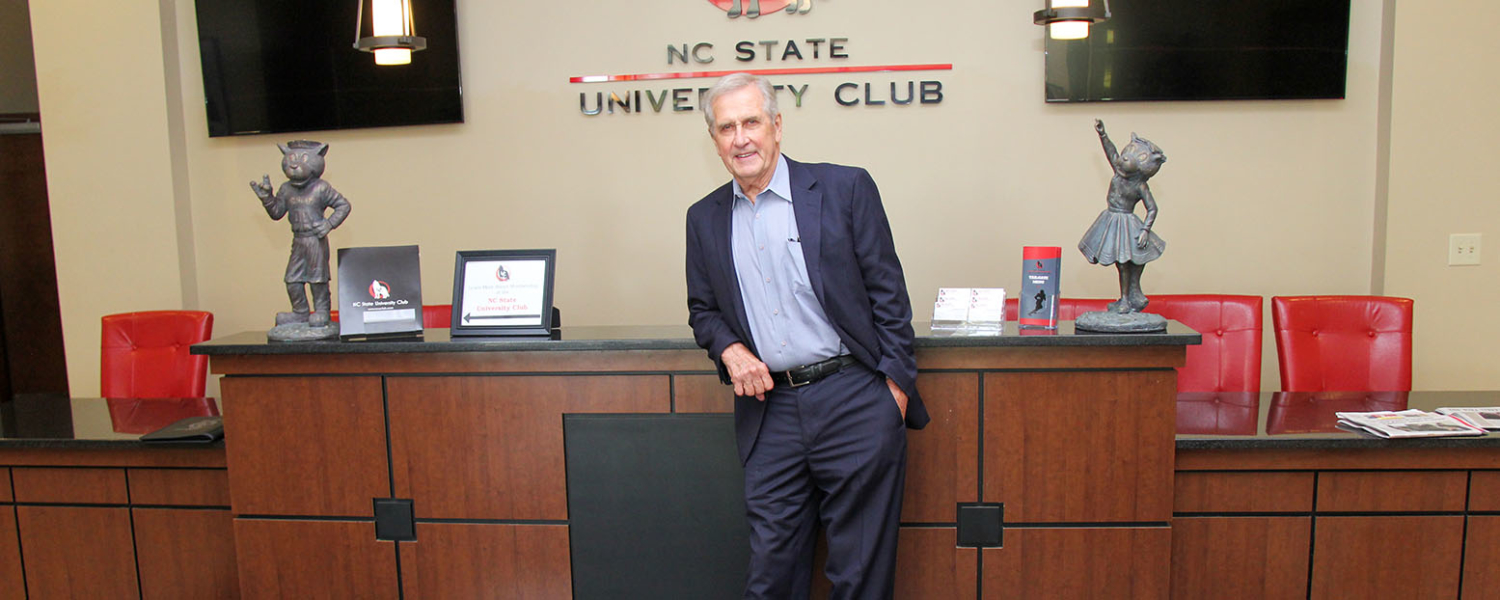
Outstanding Graduate Alumnus: 55 Years at NC State
Ray Fornes, professor of physics emeritus at NC State, began his association with the university as a graduate student in 1965. He went on to serve as a faculty member for over 41 years and continued to work on a part-time basis the last eight years. He also served as associate dean of the Graduate School and associate dean of the College of Physical and Mathematical Sciences (now, the College of Sciences). In his own words, Fornes describes his perspectives of the Graduate School during the various stages of his career and the important role the Graduate School has played in NC State becoming a top tier research university.
I grew up on a small farm near Greenville and went to undergraduate school at East Carolina College, now ECU. I majored in mathematics and minored in physics for there was no major offered in physics at that time. During my senior year in 1964, while I served as president of the physics club, a lecture series was started in the department, and one of the early speakers was Jasper Memory. Jasper had just joined the NC State Department of Physics. He would become dean of the NC State Graduate School 18 years later. That first meeting with Jasper began a long-term professional relationship that lasted the remainder of Jasper’s life and also led me to several roles with the Graduate School.
During my senior year ECU, I applied to several universities, including NC State, in both mathematics and physics, had several offers in each field, and I decided to enter NC State’s physics program starting in the fall of 1965. After conferring with faculty and determining the courses I would take, I had my first direct encounter with the Graduate School, registering for classes, which at the time was an archaic and cumbersome process.
The 1960s was an exciting time for those in engineering and sciences. The national push to get to the moon by the end of the decade resulted in large investments in those programs. This coincided with the rapid emergence of the Research Triangle Park, then in its infancy, that would become a world class research park. In parallel, NC State was in the early stages of becoming a top-tier research university.
The 1960s was an exciting time for those in engineering and sciences.
During my first year at NC State, I was encouraged to skip the master’s program and go straight into a doctoral program. Jasper Memory agreed to be my graduate advisor, and at the end of the first year, I was awarded a NASA graduate fellowship. By late 1969, I had completed my dissertation and had it approved, and I was beginning to look for a job, preferably a faculty position.
A faculty opportunity came open for a physicist in the College of Textiles in a new doctoral program in polymers. The textiles dean contacted the physics department head who was active in the Southeast physics community to see if he might put word out that they were looking for a young physicist who would come in and develop a research program in polymers. The department head of physics went directly to Memory and suggested that he contact me. A few days later, I got a call from Memory who said, “They’re willing to interview you.” I was interviewed around mid-November 1969 and about two weeks later, was offered a role as assistant professor in textile technology at the beginning spring semester 1970. I also had an associate appointment in the physics department. The expectation for me was to learn the field of fibers and polymers, and teach and develop a research program. I had never worked in polymers before, but over the next 14 and a half years, I developed a fairly significant research program in polymer science, worked with a large number of graduate students and several close faculty collaborators, including Jasper Memory.
In 1982, Bruce Poulton was appointed chancellor, and Jasper Memory became dean of the Graduate School. Memory approached me soon thereafter and asked me to serve as half-time associate dean. He had already offered a similar appointment to Debra Stewart, and Gus Witherspoon was already in a third half-time position focused on minorities. Debra Stewart and I started in the Graduate School in the January 1983 on the very same day, and we shared an administrative assistant. The office was in Peele Hall. Memory decided he would take the nine degree-granting colleges and divide them up between Gus Witherspoon, Debra Stewart and me. Each of us would be the principle initial contact for three colleges when programs within them needed assistance from the Graduate School.
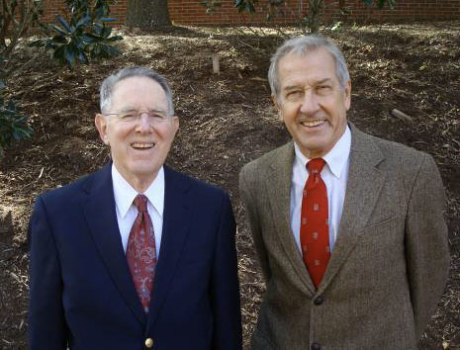
Memory was extraordinarily effective at all levels. Emphasis during his tenure would include implementation of regular graduate program reviews for each department, growth of programs, minority recruitment and support, addressing the rapidly increasing out-of-state-tuition, tuition remission distribution (a special appropriation came to NC State to offset the out-of-state graduate students’ tuition differential). Of course we had the normal issues to deal with in admissions, approval of the graduate programs and curricula, new graduate programs, approval of courses and general rules of how things operated in the Graduate School.
I worked on efforts to provide extra incentives for faculty to seek additional research funding that would provide more research assistantships to graduate students. Return of part of the indirect cost directly to faculty who generated the grant funding was accepted as a recommended practice for colleges to implement.
I also proposed establishing a Graduate School endowment fund so that we could give graduate supplements to recruit students. But the provost said no, it can’t be done. So that was put aside. However, Debra Stewart was successful in starting an endowment after becoming dean.
A successful idea I proposed that got implemented was streamlining theses reviews. The Graduate School had a full-time thesis reader at that time, and she took the time to read every line of every thesis and every draft of every thesis. And it took an enormous amount of time. I questioned the validity of trying to have perfectly written theses totally free of typos and grammatical errors. Retyping theses several times could be quite costly, time consuming and expensive in those days. After getting feedback from other institutions, the Graduate School implemented changes in the thesis review procedures. Instead of reading every page, each thesis draft would be sampled – one out of every five pages – we established a minimum number of acceptable typos and grammatical errors per page without requiring the thesis to be retyped and re-submitted. This closely followed the practice of the University of Yale, for example, and sped the review process up enormously, made the life of the thesis reader much easier and even more so for the graduate students.
In the same period that Memory served as dean, Chancellor Poulton successfully negotiated the transfer of state land — now known as Centennial Campus — to NC State University. He oversaw the planning effort for this pioneering the prototype technological campus of the 21st century. Under Poulton’s leadership, NC State experienced dramatic growth in undergraduate and particularly graduate enrollments as well as research programs across the university. The State of North Carolina invested heavily in research and development, especially in Research Triangle Park, and NC State began emerging as a clear equal among the Triangle universities and soon was to become the largest university in North Carolina. Strong graduate programs had become essential to plan.
Now in my 55th year here, I remain passionate about NC State because I think it’s such a significant university.
In 1986, Jasper Memory become the vice president of research for the University of North Carolina system. That left vacant the graduate deanship – three associate deans were appointed to share the role of acting dean of the Graduate School during the dean’s search. In the end, Debra Stewart was named by Chancellor Poulton as interim dean in 1986 and later dean of the Graduate School, becoming the first woman appointed to a deanship at NC State. She was an excellent choice to lead the Graduate School and was instrumental in the 1990s by developing a highly innovative graduate student support plan to optimize state support for the graduate program and also for maintaining generous tuition remission support to offset the rising out-of-state differential for graduate students. That support was vital in allowing NC State’s graduate programs to grow and improve in quality to support the plan for the Centennial Campus to be among the world’s most recognized university research parks.
I returned in 1987 to the physics department (I had transferred from textiles to physics in 1984) and refocused my efforts on teaching and research. Two years later, I assumed the role of associate dean for research administration in the College of Physical and Mathematical Sciences and served the next 22 years in that position before retiring from full-time work. I continued my research program most of this period and by the time I retired, had served as advisor for 24 doctoral students and 20 master’s students. They were really excellent students, and I’m so proud of what they’ve accomplished in their careers. It was a pleasure to see their success. During this latter part of my career, I focused more of my energy on strengthening the basic sciences at NC State, took two sabbatical assignments at the National Academies and became more involved in major projects on the Centennial Campus. After retiring in 2011, I have continued to work part time, and I still oversee a grant.
For a technically oriented university to be recognized amount the top-tier universities, it must have excellence not only in engineering and technology but also in science and mathematics. The graduate programs must be quite strong. The Graduate School has long been a major factor in NC State’s path to excellence.
Now in my 55th year here, I remain passionate about NC State because I think it’s such a significant university. The dramatic changes have been simply amazing, and there is no question that it has become a top-tier research university. It is in a prime location in a great city in which to live and work. NC State’s Centennial Campus arguably is the biggest, boldest experiment going on in the entire western world related to the future of technologically oriented universities. The Hunt Library with all the recognition it has achieved is a good indicator of the path NC State is pursuing. The model of a university leading an integrated partnership with government and industry allows NC State to attract the best student talent, let students thrive intellectually and explore ideas that will drive succeeding generations of products and new institutions that will help lead the economy.
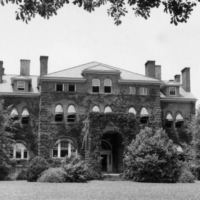


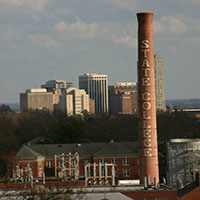
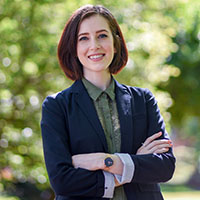
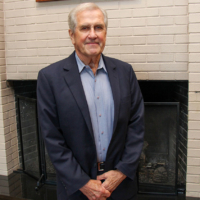

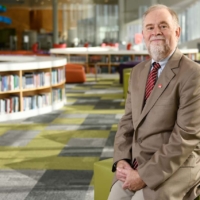

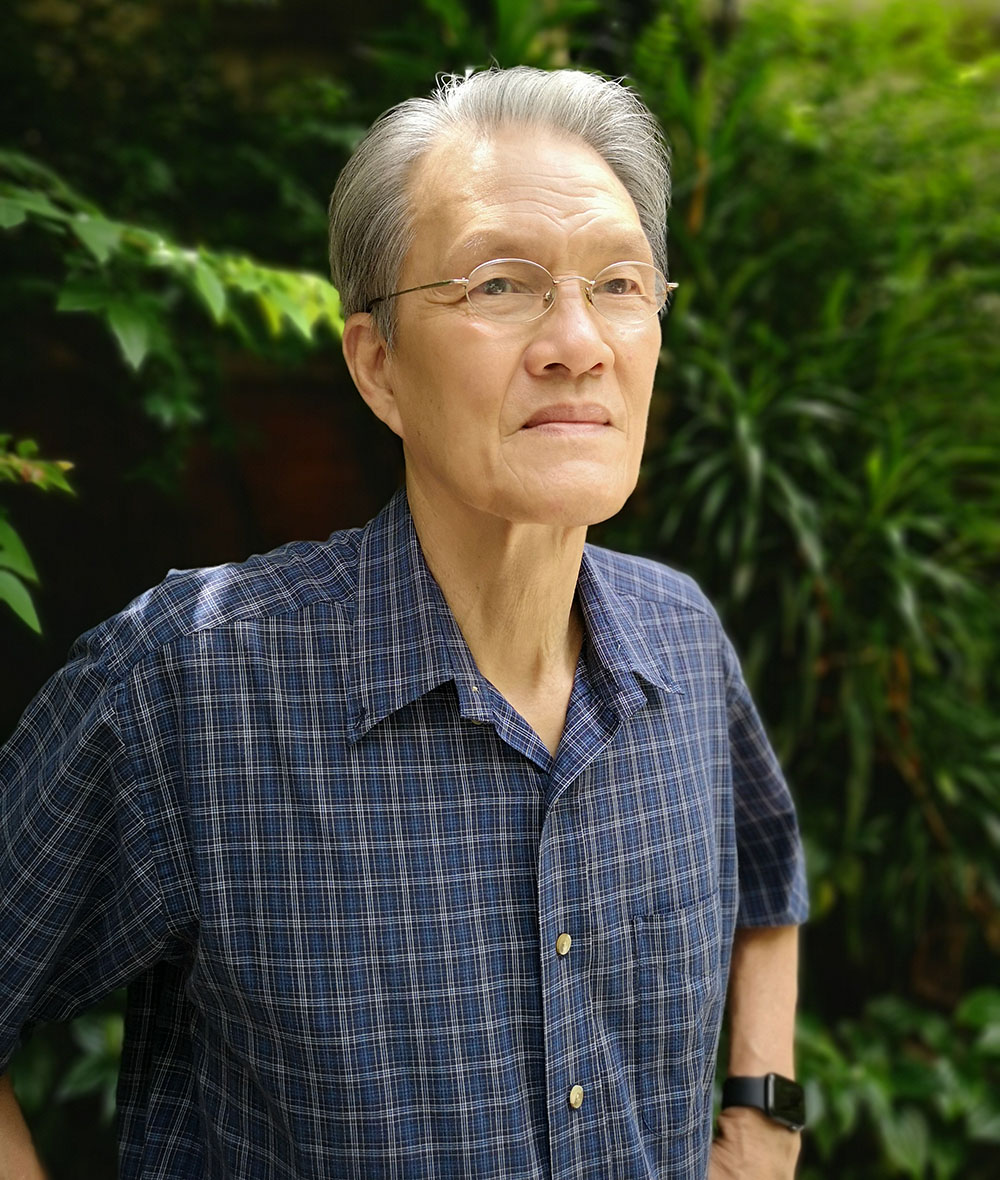
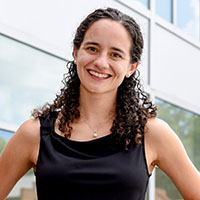
Really great to hear from Ray Fornes and the outstanding career he has had at NC State. I came from the same area and played basketball against him in high school and studied mathematics with him at East Carolina College.
I was a staff member in the Graduate School when Dr. Fornes served as Associate Dean. I always admired the way he treated everyone in the University community. No matter if you were faculty, staff, student, etc., his door was always open. He might not have given the response you wanted, but he was always fair. 55 years on campus is BIG!